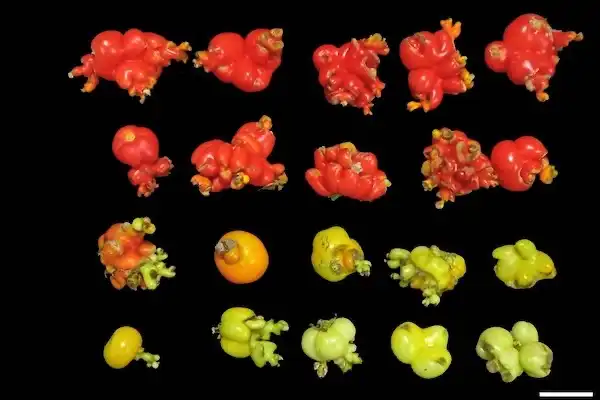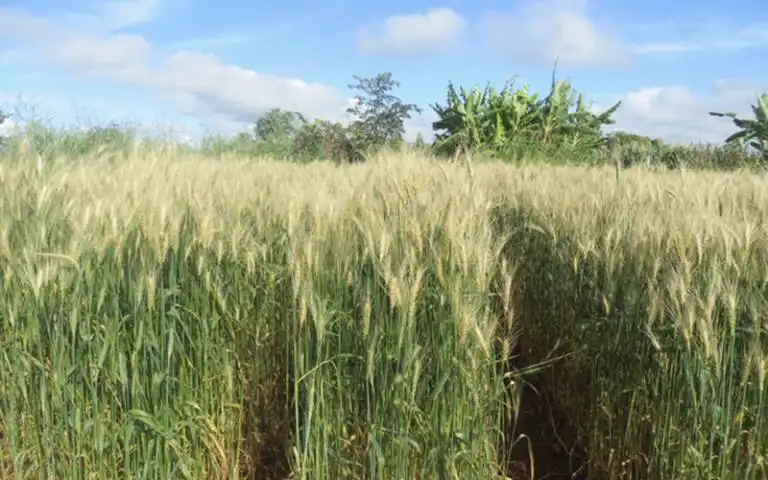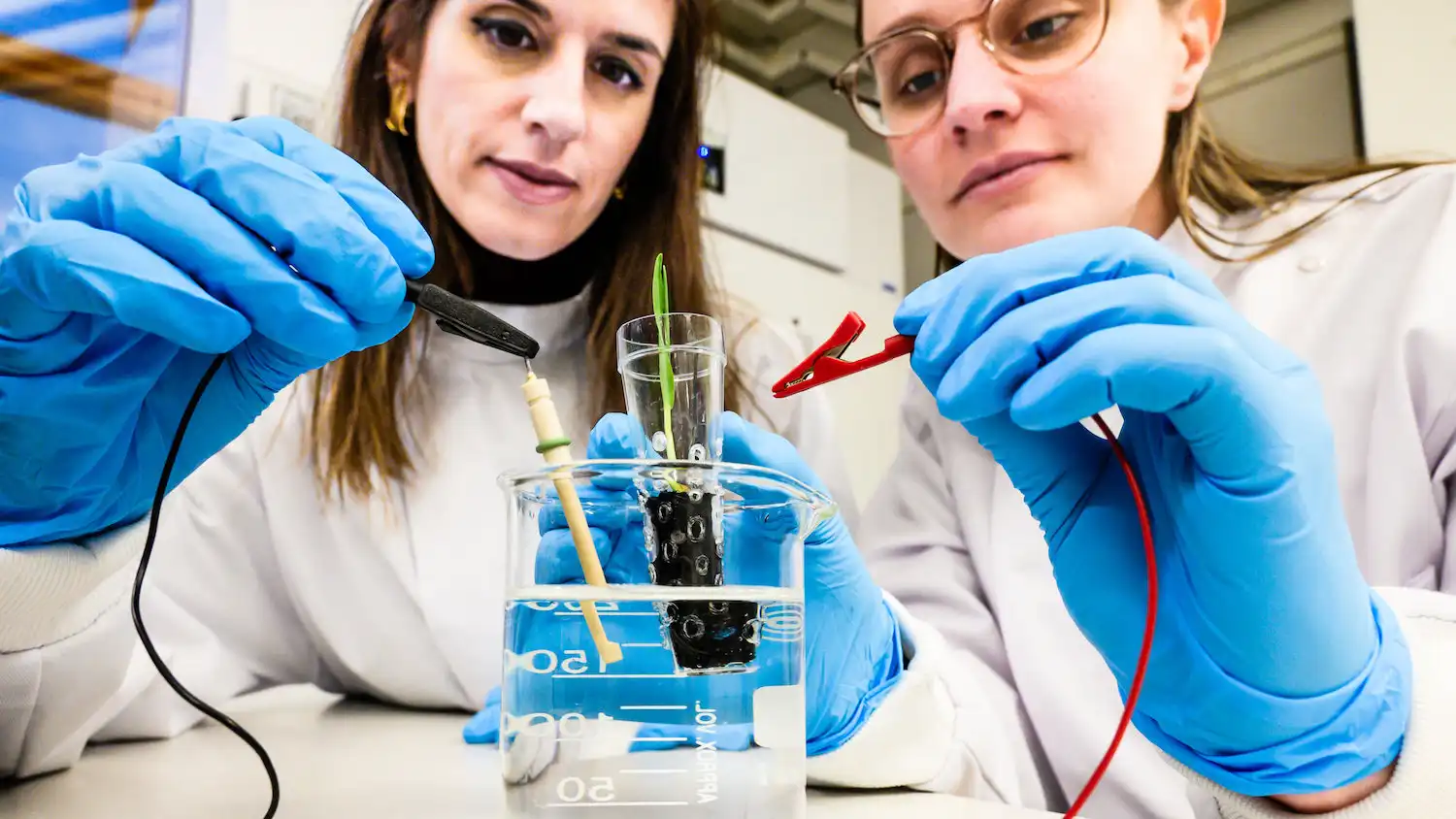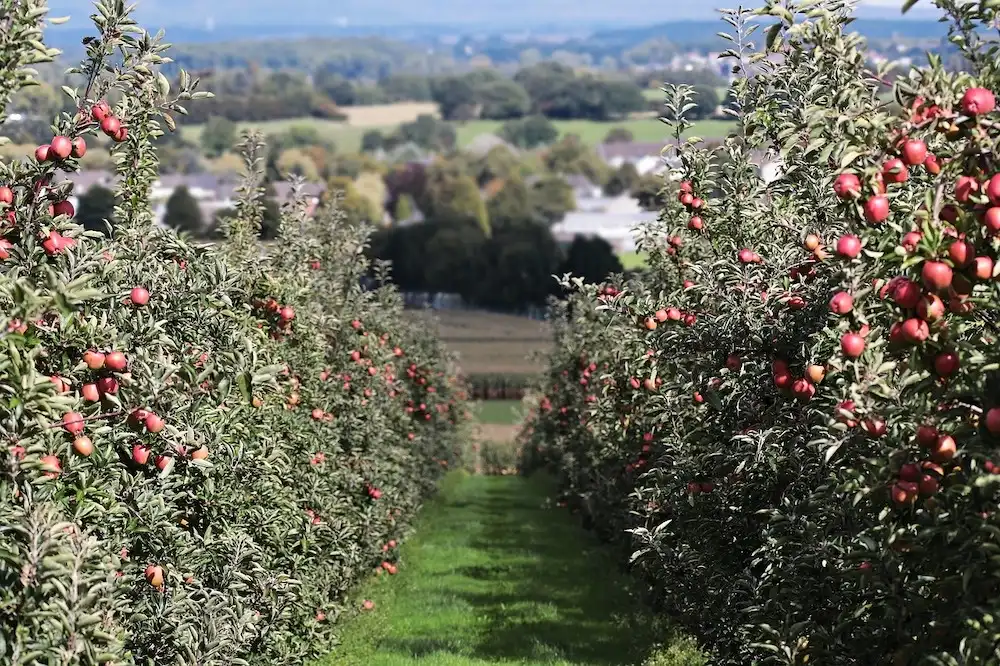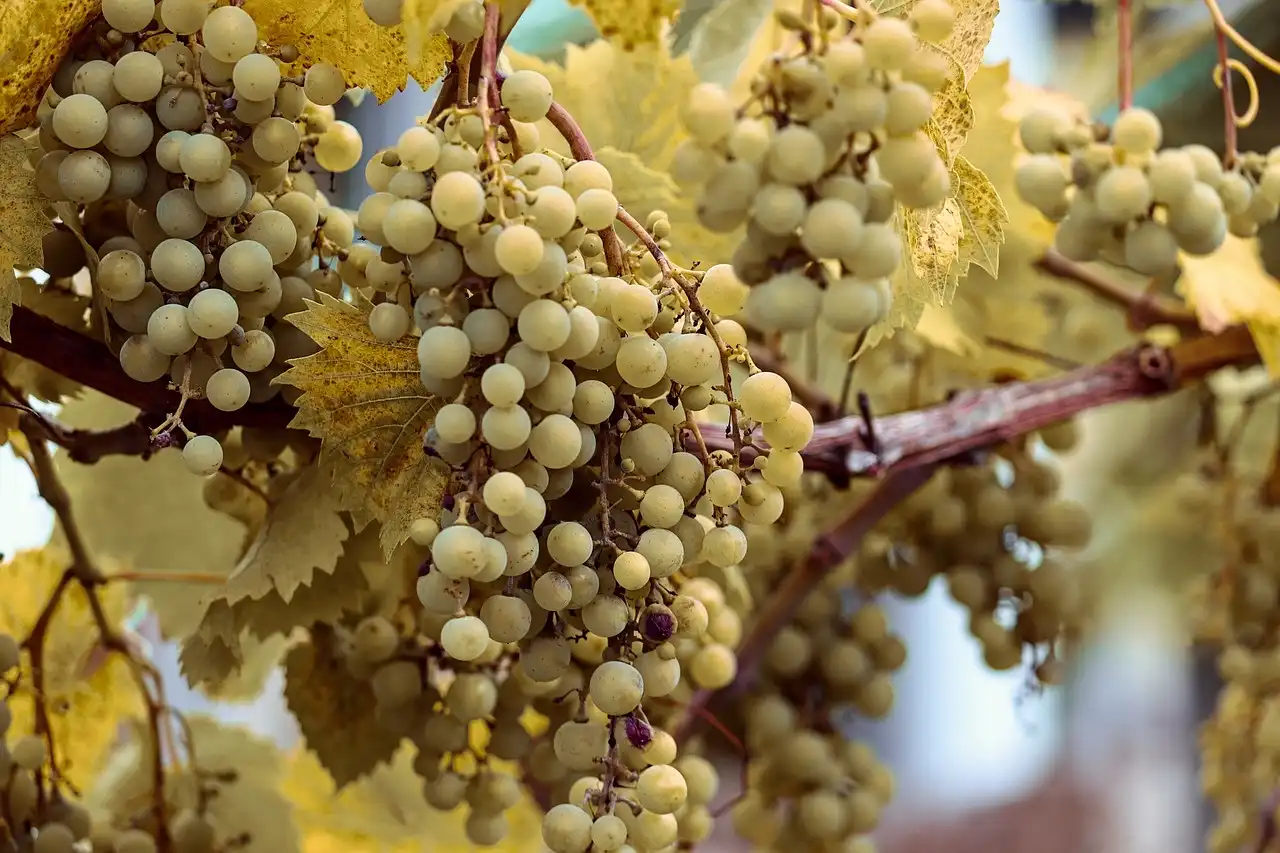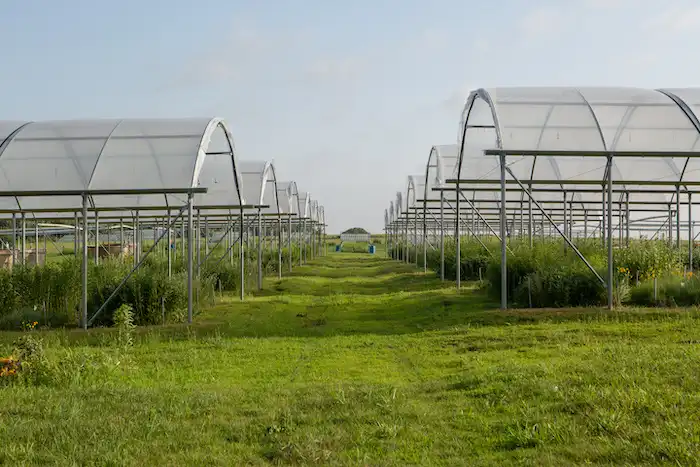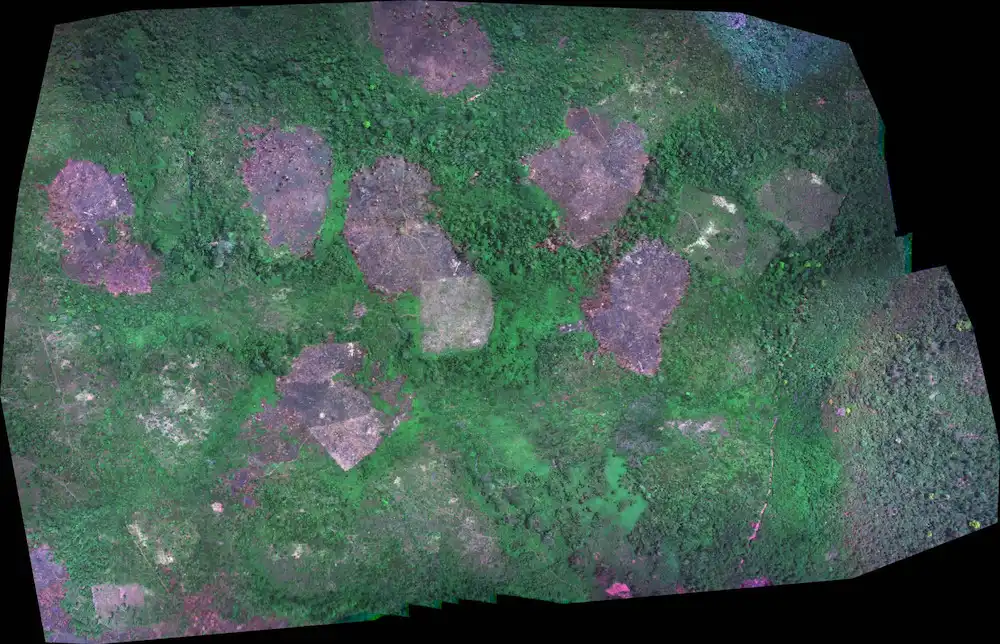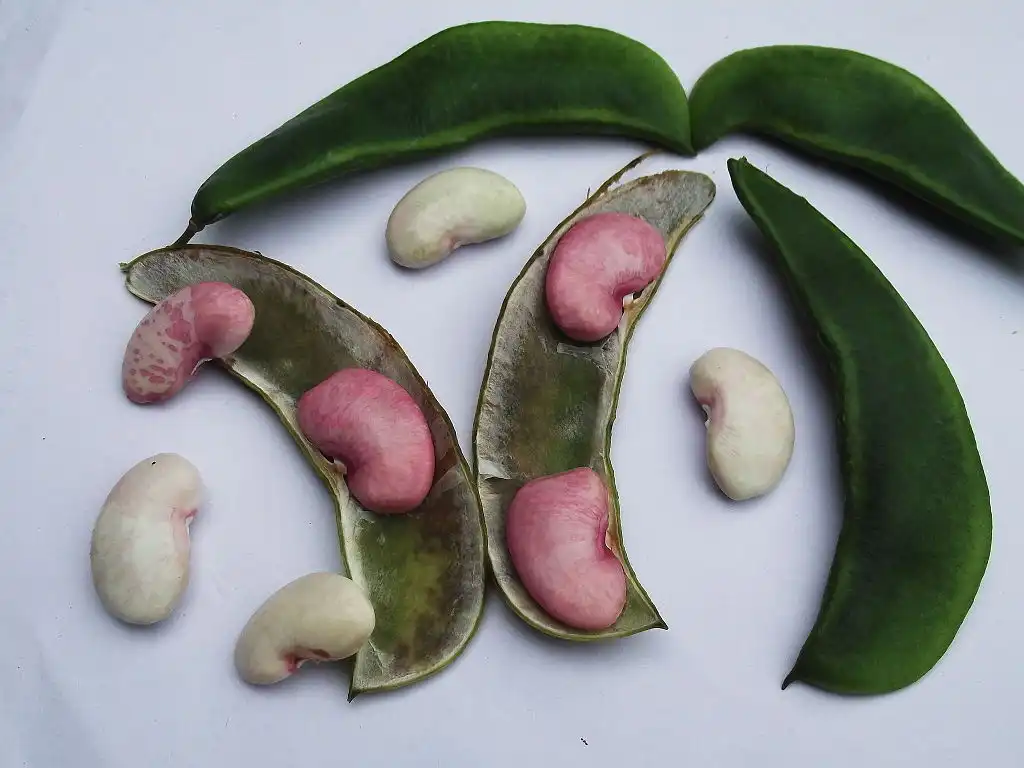
New research reveals that human crop domestication alters plant-associated microorganism communities, with similar impacts across independently domesticated crops. The study suggests engineered plant microbiomes could enhance growth, stress tolerance, and disease resistance. Understanding these dynamics may improve crop yields and…
Read More


